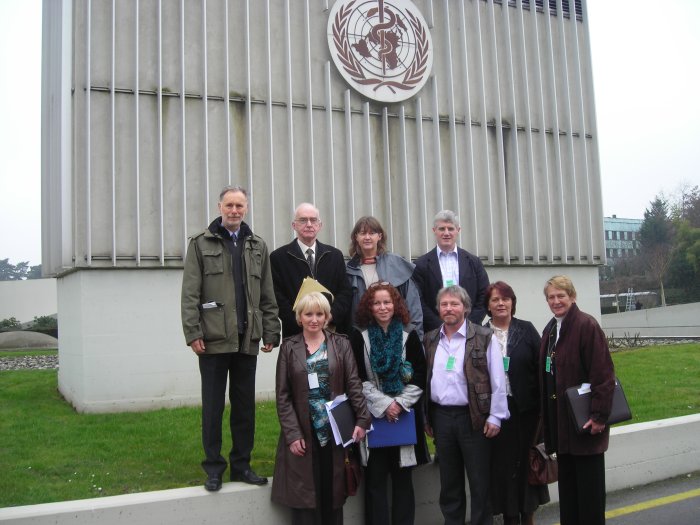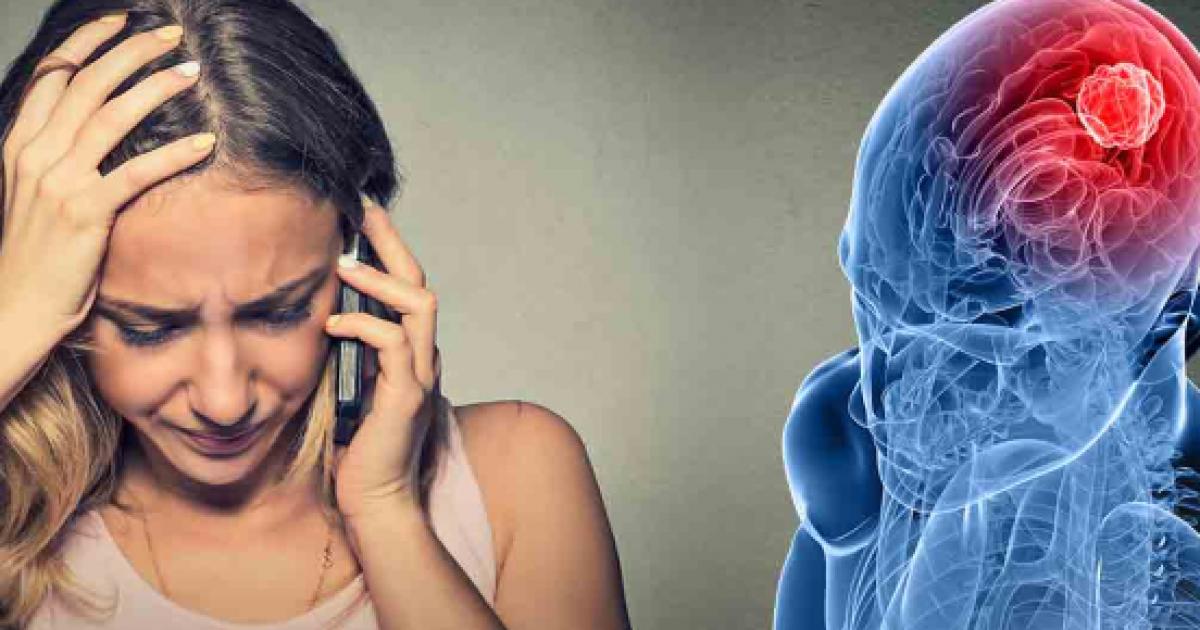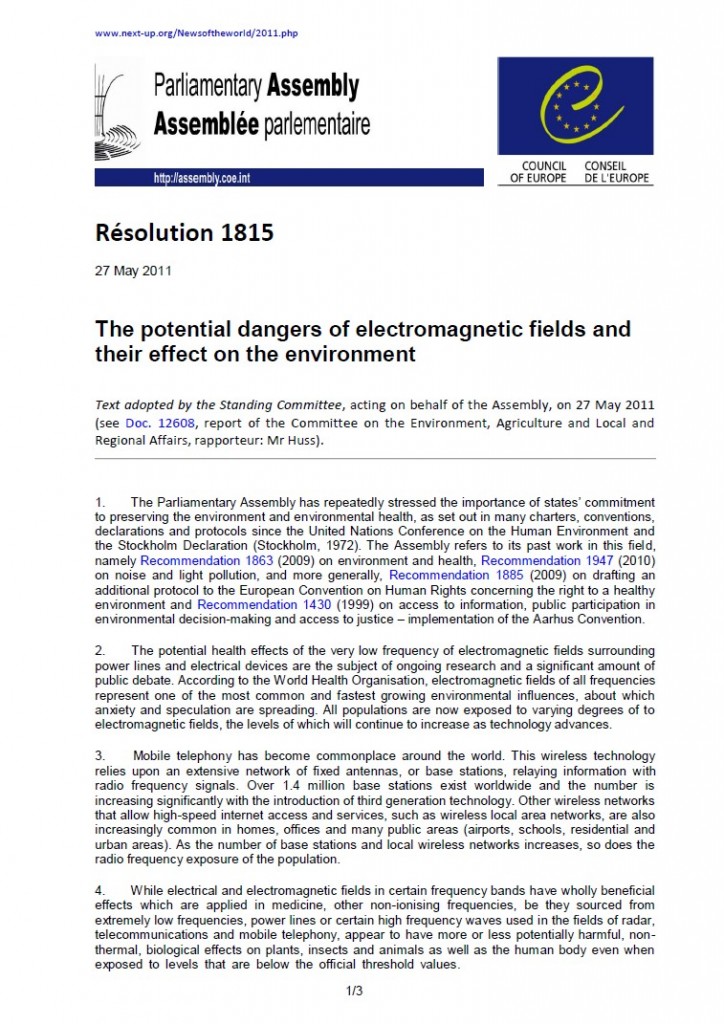Portada del sitio > Documentos > Mobile Phone/Masts Concerned Groups from the UK and Ireland meet the World (...)
The meeting took place on Tuesday 16th January 2007 at the WHO Headquarters in Geneva.

Mobile Phone/Masts Concerned Groups from the UK and Ireland meet the World Health Organisation (WHO)
Jueves 25 de enero de 2007 · 2600 lecturas
The meeting took place on Tuesday 16th January 2007 at the WHO Headquarters in Geneva.
Mobile Phone/Masts Concerned Groups from the UK and Ireland meet the World Health Organisation (WHO)
Mobile Phone/Masts Concerned Groups from the UK and Ireland meet the World Health Organisation (WHO)
A landmark meeting was held with leaders from the World Health Organisation and a small group of people from the UK and Ireland. The meeting was to discuss the groups concerns about mobile phones/masts and wireless technology.
The meeting took place on Tuesday 16th January 2007 at the WHO Headquarters in Geneva.
The meeting was attended by nine representatives of voluntary groups including, Better Environment and Safer Telecommunications (B.E.S.T), Irish Doctors Environmental Association (IDEA), The EM- Radiation Research Trust (RRT), Northern Ireland Opposing Masts (NIOM) and EHS victims suffering from electromagnetic radiation. The informal meeting took place in the offices of Dr Maria Neira, Director for Protection of Human Environment and was attended by Dr Emily Perkins Van Deventer, World Health Coordinator for Radiation and Environmental Health, Dr Chiyoji Ohkubo, WHO Scientist for Radiation and Environmental Health Department of Public Health and Environment. This meeting was particularly special to the Group as it was the first occasion that an international organisation of the stature of WHO has afforded the group an opportunity to present their views and concerns. It is also noteworthy that the nine delegates were so keen to express their concerns in person that they incurred all the travel and accommodation expenses and loss of a couple of days work personally. Many of the Group also have unfortunate personal experience of the ill effects of masts placed in inappropriate locations i.e. close to schools and residential dwellings.
The concerned group had a very positive exchange of views and are appreciative of the interest in and the opportunity afforded to them to bring this important issue to such a high level platform for discussion. The group particularly welcomes the willingness of WHO representatives to afford them an open line of communication and an invitation to share information, which may be relevant to their further research.
The Group proposed that Dr Van Deventer should consider speaking at a two day conference in the UK which is hopefully due to take place in London in November 2007. A workshop/scientific forum on the issue of �individual sensitivity’ is currently being considered by the UK EMF Discussion Group which is chaired by Sir William Stewart, Chairman for the UK Health Protection Agency. Dr Van Deventer agreed that it is important to gather all sides together, including WHO, Government, Industry, Media, HPA, Concerned Groups and Independent scientists and would consider accepting an invitation providing she was sent a formal invitation.
An open letter addressed to Dr Emily Perkins Van Deventer written by Jean-Luc Guilmot, Bio-Engineer was also presented as the letter details eight published epidemiological studies on phone masts.
All have been published in peer-review journals and are referenced on the WHO database and are all reporting POSITIVE results. Several of the studies provide accurate RF exposure measurements.
Meanwhile hundreds of thousands (1,4 million in May 2006) phone masts have already been deployed worldwide and new sources of low level RF chronic exposure are continuously being added with the development of new wireless technologies.
It was pointed out that this is a conflict with regards to the message given out on the WHO website which claims “the weight of scientific opinion is that there is no substantiated evidence that living near a mobile phone mast station causes adverse health effects” this is clearly incorrect and misleading, as 80% published peer reviewed studies point towards POSITIVE results: microwave syndrome, increased risk of cancer, absence of psychological factors etc. the misleading WHO statement allows Government and Industry to incorrectly quote from the WHO website as a seal of approval with regards to safety.
The groups encouraged the WHO to take emergency action and also tried to persuade them to reject the current ICNIRP guidelines as they only protect the body from heating and are meant for short term exposure only.
As a result the groups plan to allow WHO representatives time to reflect on the research and information presented at the meeting and intend on following up by writing and asking for their plan of action as all agencies refer back to the WHO, this needs to be examined from a legal perspective as they may ultimately be held responsible.
They also pointed out the lack of political will and support for change to make this technology safer and as a result the groups urgently request that the WHO inform Government and Authority to take action to adopt the precautionary principle for mobile phones/ phone masts, DECT phones, microwave baby and security alarms and not to install wireless computers networks until safety is �proved.’
At the conclusion of the meeting it was agreed to build on the contact established between the Group and WHO at an informal level. It was felt by the Group that this would facilitate the exchange of views and information and enables them to continue with their research. This is an important issue which should be investigated immediately.
The Group would like to thank the representatives of WHO for enabling the meeting and thereby acknowledge the groups valuable work in their countries.
PARTICIPANTS TO THE MEETING.
Who representatives
Dr Maria Neira, Director for Protection of Human Environment
Dr Emily Perkins Van Deventer, Who, Coordinator for Radiation and Environmental Health
Dr Chiyoji Ohkubo, WHO, Scientist for Radiation & Environmental Health Department of Public Health and Environment
Group representatives
Con Colbert (IDEA)
John Cummins, Tipperary, Chairman of B.E.S.T
Walter Graham, Chairman NIOM
Pauline Keely (B.E.S.T, Dublin)
Clara Leahy Breen - Co. Kerry.
Noreen Murphy, (B.E.S.T member) Cork
Eileen O’Connor - Ireland
Eileen O’Connor - England, Trustee - EM Radiation Research Trust - www.radiationresearch.org
John Ryan, Co. Tipperary.








